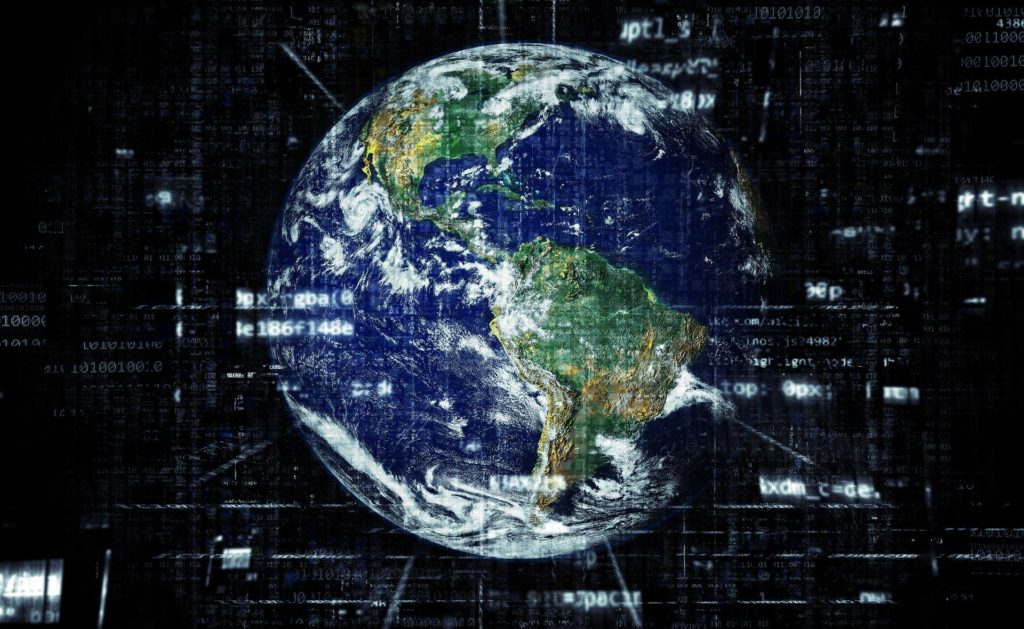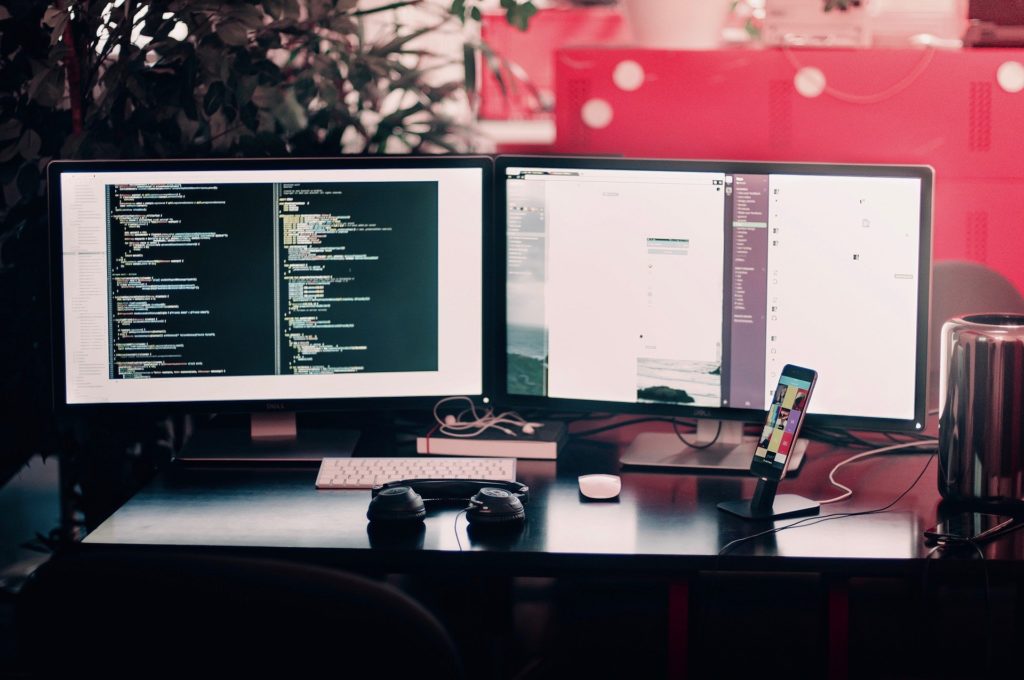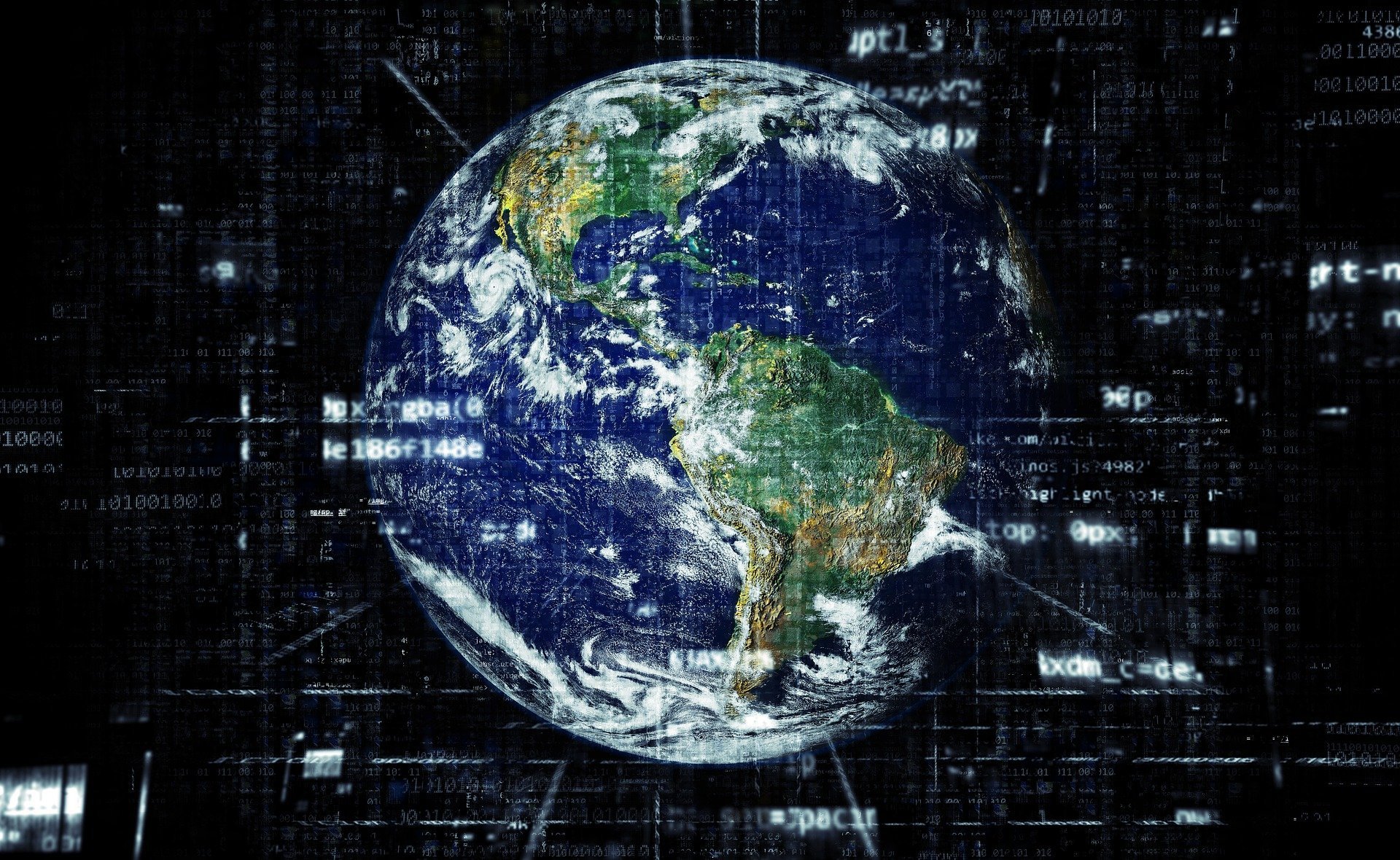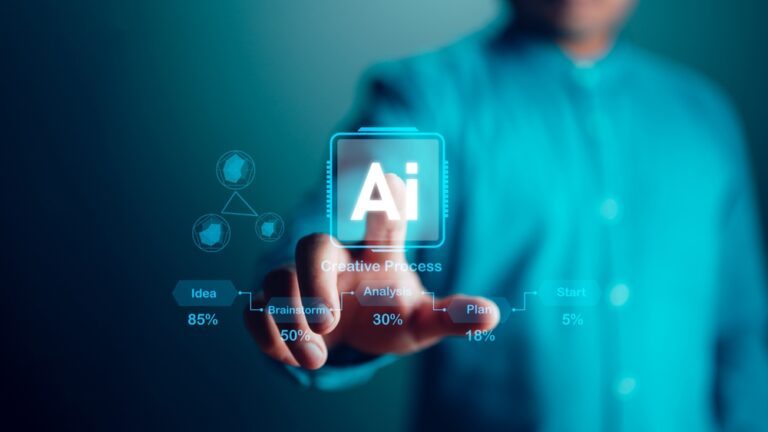Internet of Things : A Comprehensive Guide
The Internet of Things (IoT) is transforming the physical world into a seamless system of connected devices. But what are the technologies driving this digital transformation? Besides, is IoT separate from the internet? What is the potential of IoT for businesses and households? This article explores the building blocks of this technology and its potential benefits.

What Is the Internet of Things?
The Internet of Things describes the process of connecting physical objects to the internet. Basically, the technology makes smart objects out of ordinary devices. For example, smart thermostats, lights, and security alarms share data in a smart home. As a result, the devices can execute your commands.
Sensors, cameras, and processors embed in a physical object to get and react to data. For example, the sensors on an automobile can alert the driver to various issues. By 2025, the world will have over 75 billion interconnected devices. IoT devices include intelligent machines that share information to control manufacturing processes.
The Internet of Things is an expansion of the Internet, and it fuses the web and the real world. It describes interconnected physical objects, how they share data, and the technologies that enable the devices to be connected.
History of IoT
The concept of connected devices has been present since 1832. In this year, the first electromagnetic telegraph began operating. But, it was the invention of the internet in the 1960s that inspired attempts to fuse the physical and cyber world. Subsequently, two computers in the MIT Lincoln lab communicated with each other in 1965.
In the early 1980s, computer science students at Carnegie Mellon University installed micro-switches on a Coca-Cola vending machine. The students linked the switch to their departmental computer. Consequently, they could see the machine’s contents without taking a trek.
The concept of the internet things began in 1999 with an RFID presentation by Kevin Ashton. He was presenting at Proctor & Gamble and wanted to use RFID tags to manage supply chains. Ashton included ‘internet’ in his presentation because it was a big deal then. By tagging inventory, computers could track and manage a company’s stock. But, the concept did not attract attention until it went into the 21st century.
Switzerland held the first global conference on IoT technology in 2008. Participants from 23 countries explored sensor networks and short-range wireless communications. By 2011, IoT was among the hottest emerging technologies. Subsequently, it began attracting tech companies like Apple, Samsung, and Microsoft. The IoT revolution has touched all industries, from healthcare, retail, agriculture, and manufacturing.
Why Is IoT a Big Deal?
The Internet of things has much promise since it changes the way we relate with physical devices. For instance, micro-cameras can travel through the human digestive tract. Consequently, doctors will be able to identify diseases. Similarly, smartwatches furnished with sensors transmit health indicators. You can track oxygen levels and fatigue, and other indicators in real-time. Also, IoT has significant benefits in home security systems, farming, construction.
The IoT is fueling the growth of new business models, much like the internet did. By 2027, the technology’s global market is expected to reach $1,463.19 billion. As a result, companies should modify their strategies to leverage IoT capabilities. Some potential applications include:
Agriculture
IoT can address labor shortages in farms. For example, smart bots, drones, and sensors can improve production capabilities. The declining number of farmworkers cost fruit and vegetable production $3.1 billion per year in the U.S. Globally, the UN projects that the world population will reach 9.7 billion by 2050. Therefore, reducing food wastage and improving food production is essential to feed the world.
Smart Cities
About 2.5 billion people will live in urban areas by 2050. As a result, many countries will find it challenging to meet the needs of their populace. IoT can help to relieve overburdened healthcare, transportation, housing, and water systems.
IoT devices and sensors are invaluable tools in the development of smart cities. These devices support large-scale data collection and big data analytics. Additionally, they help cities manage their assets intelligently for better service delivery. What’s more, cities will get insight into citizens’ quality of life and identify priority areas.
Manufacturing
Industrial IoT enables manufacturers to monitor the production workflow. Moreover, IoT data will identify quality issues and track inventory. Already, manufacturing plants are investing in advanced technologies—for instance, artificial intelligence (ai) and robotics help streamline production. With the industrial Internet of Things, you can control storage conditions for equipment remotely. In addition, you can anticipate downtime and connect your entire factory.
Home Automation
Home automation increases comfort and convenience, given that 57% of American smart home device users say they save time. Smart appliances handle various operations in the home, including lighting, security, and appliances. For instance, a Wi-Fi pet camera will watch your pets when you are not home and stream live footage to your phone.
How Does the Internet of Things Work?
The internet connects computers and cell phones. But, engineers are using the internet of things to create a network of physical objects. In fact, the technology allows businesses and people to interact with devices remotely to gather data and send instructions. However, IoT is a complex technology involving various components. Such aspects include machine learning, data analytics and prediction, and embedded programming. To understand how IoT works, we need to analyze its building blocks:

Sensors/Devices
An IoT system contains both hardware in the form of sensors, actuators, and software. These embedded devices will help you sense or even control the physical surroundings. However, the sensors require basic storage and processing capabilities.
Sensors range from temperature sensors, motion sensors, light sensors, and humidity sensors. Above all, you can have a device with many sensors just like a phone has a camera, GPS, and touch screen sensors. These sensors can also be integrated with digital signage for a combined solution.
Connectivity
Connectivity is the foundation for any IoT network. It links all systems, platforms, sensors, and gateways with wireless or wired options. However, wireless standards are growing in popularity. Some of the ways to connect IoT devices include Wi-Fi, 4B LTE, or low-power wide-area networks.
The selection of a connectivity option is essential due to varying ranges, bandwidth, and power consumption. For example, 5G cellular connections grant broad coverages with impressive bandwidth. But, these connections have high power requirements and need a consistent electricity supply.
On the other hand, Wi-Fi connection only suits short-range IoT applications. Bluetooth is used in IoT-related consumer electronics because it uses lower energy.
Data Processing
Data processing is an essential component in IoT, given that the world has generated 90% of data in the last two years. IoT sensors send data in batches or real-time to a central application. Most importantly, you must determine which internet protocol to use in transmitting data over the network. Options include HTTP, MQTT, and CoAP.
An IoT data processing platform sorts, classifies and makes arithmetic operations. Some popular platforms include Google Cloud, AWS IoT Core by Amazon, Oracle IoT, and IBM Watson IoT.
User Interface
A User interface facilitates your interaction with an IoT solution. IoT devices send alerts or notifications to your phone in case of a predetermined event. For example, if an equipment’s temperature exceeds the limit, you get an SMS or push notification.
An IoT interface can also let you monitor information proactively. For instance, you can check real-time video feeds from smart cameras in your home. Also, you can adjust the lighting or temperature in your home via an app or web browser.
Benefits of Internet of Things to Businesses
The Internet was just a futuristic concept in the early 2000s. Today, it is one of the most promising technologies. In fact, data from Juniper Research projects the number of connected IoT devices to reach over 46 billion in 2021. Businesses can leverage IoT to enjoy many benefits, including:
Reduced Operational Costs
IoT devices can work without human intervention and perform menial and repetitive tasks. So, companies can reduce labor costs, which account for almost 70% of total business costs. For example, smart assistants like Amazon Alexa can manage tasks and offer reminders.
In addition, you can achieve energy efficiency with IoT devices. For example, intelligent building systems monitor and control electrical usage. Moreover, the technology can predict equipment downtime in manufacturing. Subsequently, productivity will continue uninterrupted.
Improved Productivity
IoT technology will help you manage resource utilization for a streamlined workflow. Additionally, you can automate many operations, including inventory management and delivery tracking. What’s more, machines work 24/7, and you can entrust them with routine tasks to enhance productivity. Sensors can detect defects on equipment before they break down. As a result, you will schedule preventative maintenance in time.
Data Collection
Customer behavior data has become invaluable for companies in the digital age. Data from IoT devices help businesses serve consumers better. Additionally, the information can help you anticipate failures and prepare better. For instance, a logistics company can embed vehicles with sensors to track when failures are likely to occur. By scheduling maintenance in advance, you can ensure smooth supply chain operations. IoT projections will create a data volume of 79.4 zettabytes by 2025.
Enhancing Customer Experience
Customer experience helps businesses stand out. In fact, 73% of companies with above-average consumer experience enjoy better revenue than competitors. Firstly, IoT devices provide real-time data. For example, you can give a customer the current location of their shipment. Secondly, IoT offers personalized communication. For example, a smart thermostat tracks energy usage in a home and sends alerts in case of sudden changes. Lastly, IoT sensors detect problems before they arise. As a result, you will have fewer consumer complaints.
New Business Opportunities
You can use IoT data to gain new insights into what customers want. For instance, IoT sensors on vehicles can track driving habits. The resulting data will assist insurance companies in optimizing insurance rates. Similarly, banks can use IoT data to determine an individual’s credit risk. What’s more, you can identify new ways to provide more value to your customers.
Internet of Things and Security

IoT security is a concern for businesses, given that companies lose $400 billion to hackers each year. Anything linked to the internet is vulnerable to cyberattacks. Thus, the internet of things is a growing target for cybercriminals.
The primary threat to IoT devices is data theft. These devices contain a lot of data, ranging from credit card information to online browsing records. Additionally, thieves can target wearable IoT devices like pacemakers and smartwatches.
Software vulnerabilities are part of problems affecting IoT. What’s more, many devices run low-quality software that is vulnerable to authentication failures and DDoS attacks. In case of an attack, an IoT device will expose the network where they live. Some tips to enhance IoT security include:
Use Updated Software
Software updates fix security vulnerabilities. The risk is higher for devices that connect to the internet often. Thus, you should keep the software on all IoT devices up to date.
Avoid Connecting Wearable Devices to Shared Wi-Fi
Wearable devices collect and store personal data. When connected to public Wi-Fi, hackers can try to access this data. So, you should avoid connecting consumer IoT devices to public networks.
Deploy End-to-End Encryption
Disguising sensitive information is one way to protect IoT data. For example, a VPN will change the IP address of IoT platforms and encrypt all shared data. For the best results, encrypt data at every intersection.
The Future of IoT
Artificial Intelligence, 5G, and Big Data Analytics are fueling the growth of IT. Particularly, IoT and Artificial intelligence promise a more connected future and disruptions to the way we live. Additionally, IoT technologies like edge computing will increase the processing and storage capacities of IoT devices. For example, edge computing currently powers smart thermostats and smart appliances. However, future innovations will use the technology to power home robots and autonomous vehicles.
Mass personalization is another crucial IoT trend. By using big data analytics as well as machine learning, businesses will personalize services to consumers. What’s more, IoT will power smart cities and smart factories.
To Sum Up
The internet of things refers to physical objects that share data via the internet. It is already impacting how we live, work, travel, and interact with our surroundings. Moreover, big brands like Google, Dell, Apple, Facebook are investing in IoT projects. For businesses, this technology promises to streamline operations, cut costs, and improve productivity.




